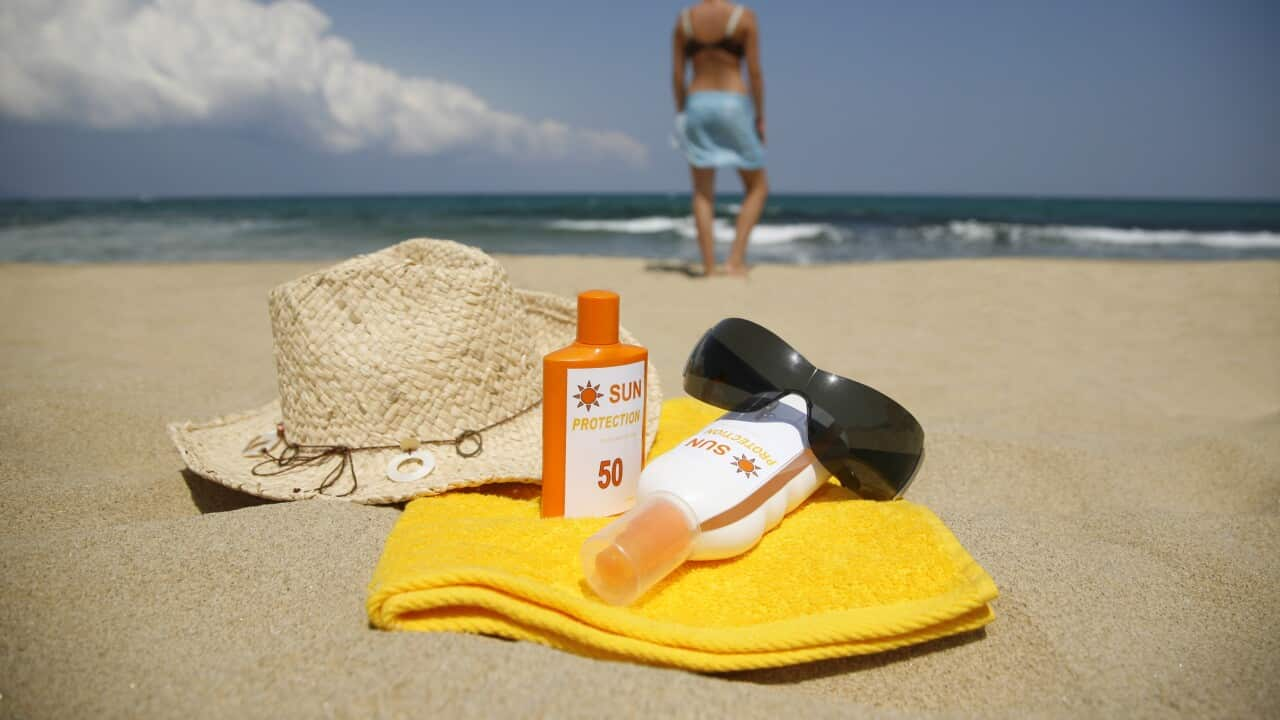Key Points
- There are more than 5.3 million pet cats in Australia.
- Each pet cat in Australia that is allowed to roam outside kills about 186 animals every year.
- Responsible cat ownership involves keeping your cat contained indoors.
- Contact your local council or visit their website for information on keeping pet cats in your area.
Cats make fantastic pets – providing companionship and various . But, in Australia, outdoor cats are also prolific hunters of our native wildlife, and their roaming nature puts cats at risk of illness and injury.
Cats are prevalent in cultures across the globe. From having been revered for millennia in Egyptian mythology, they’ve also deftly made themselves part of popular culture - from the American lazy cartoon cat, Garfield, to the ubiquitous Japanese Hello Kitty design phenomenon.
have a pet cat, which is estimated to equate to more than 5.3 million pet cats.
Cats are also natural-born hunters. Researchers have estimated that, on average, each pet cat in Australia kills about , and many of these kills are never witnessed by the cat’s owners.
In addition to the impact that pet cats have on Australia’s wildlife, millions of feral cats also roam across Australia.
“Everyone's familiar with pet cats which are owned and cared for, but in Australia we also have feral cats, and these are cats that live without any dependence on people. Most feral cats live in the bush far away from towns but there's a subset of those that live either in towns and cities, or just on the fringe of towns and cities, and that sort of feral cat is sometimes called a stray cat,” says Sarah Legge, Biodiversity Councillor and Professor of Wildlife Conservation at Charles Darwin University.

Cats make great companions and will happily let you live beside them.
Cats are taking a big toll on Australia’s wildlife
“Cats were first introduced to Australia with the First Fleet in 1788. Feral cats have been the primary culprit in the extinction of over 20 species of native mammals and cats are still causing population declines today,” says Professor Legge.
If we combine the impact of pet cats and feral cats on Australia’s unique wildlife, every day cats are killing over 3.1 million mammals, 1.8 million reptiles and 1.3 million birds. According to Professor Legge, further native wildlife species are at risk.
“We will see more extinctions of Australian native species in the coming years and decades if we don't get on top of cat management. We know that feral cats are a problem but in fact pet cats can also affect wildlife because even though they're fed by their owners, if pet cats are allowed outside to roam, they still hunt prey. It's just in the nature of cats to hunt. A lot of pet cat owners might not be aware of this because their pet cats only bring home, on average, one in five animals that they’ve killed, and in fact some pet cats never bring home any kills.”

Feral cat in arid South Australia. Credit: Hugh McGregor
What does being a responsible cat owner in Australia involve?
Professor Legge says the best way to reduce the impacts of pet cats on wildlife is to practice responsible pet ownership.
“Get your cat registered and micro-chipped so that if it ever does get out, it can be returned to you quickly; get your cat desexed - that's to stop unwanted litters; and especially, keep your cat contained either indoors or in a secure outdoor cat run,” says Professor Legge.
If you own a pet cat or are thinking of getting one, regular visits to your local veterinarian will help keep your cat healthy and happy.
“Vets should be every cat owner’s primary source of cat health information. Make sure you find a vet to perform annual health exams, vaccinations, worming and any required medical plans for your pet. It is always best to detect and address illnesses as soon as possible, and the best way to do this is to have a great relationship with your local vet,” says veterinarian Dr Garnett Hall, the President of the Western Australia Division of the Australian Veterinary Association.
Pet cats that roam outdoors not only prey on wildlife, but they can also be at risk of injury and disease, says Dr Hall.
“Cats will often fight each other, causing a lot of nasty injuries, as well as becoming extremely susceptible to diseases such as FIV and things like vehicle accidents. Cats are natural born killers – we see this reflected in their play behaviours. They love to chase, pounce, and bite. Outside of the home environment, these behaviours quickly turn into efficient and deadly hunting.”

Impacts of urban cats in Australia. Threatened Species Recovery Hub. Note the estimate of the pet cat population shown in this poster (4.9 million) has been surpassed; recent surveys put the figure at 5.3 million.
What are the local laws about keeping cats as pets?
Depending on where you live in Australia, the laws around keeping a pet cat vary, as Professor Legge explains.
“The laws about pet cat management are set by the states and territories, but then the actual pet cat management is carried out by local governments, and local governments can also introduce their own extra laws. Local governments might insist, for example, that all cats in the local area are desexed, or that all cats in a particular suburb need to be contained – so that means the laws vary depending where you live," she says.
Visit your local council website for information about keeping pet cats in your area.
“If we all adopt responsible pet ownership practices, it means that we can enjoy our pet cats, because they’re fantastic companions, and at the same time we can also enjoy fairy wrens and little lizards and all the other native wildlife that visits our gardens,” says Professor Legge.
Want more information about how to be a responsible pet cat owner? Check out your local council website and the following links:
- Safe Cat, Safe Wildlife website with expert advice on keeping cats indoors:
- The Threatened Species Recovery Hub website to learn more about cat impacts:
- The Australian Veterinary Association website to locate your local veterinarian:







